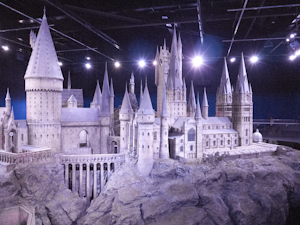Advaita seekers in the West want to find out whether it is true that they are neither body nor mind, but in truth are one, eternal, free and all-pervasive. Most of all they are interested in the answer to the question: „Who or what am I?“ They do not really care what the world is.
But once the true import of the understanding that I am all-pervasive and One dawns, then we can no longer ignore the question about what appears to be a second thing: What about the world?
The knowledge that I am limitless in time and space (one and all-pervasive) is incomplete if no explanation is included in it of that ‘which somehow is also there’. My true nature is non-dual – but body/mind, other living beings, the ocean, the continents, space, objects and possible subtle beings – what about all that? After all this is pure duality, isn’t it! If the mind does not find an adequate explanation for it, a feeling of incompleteness of the Self-knowledge of non-duality is likely to persist. Continue reading

